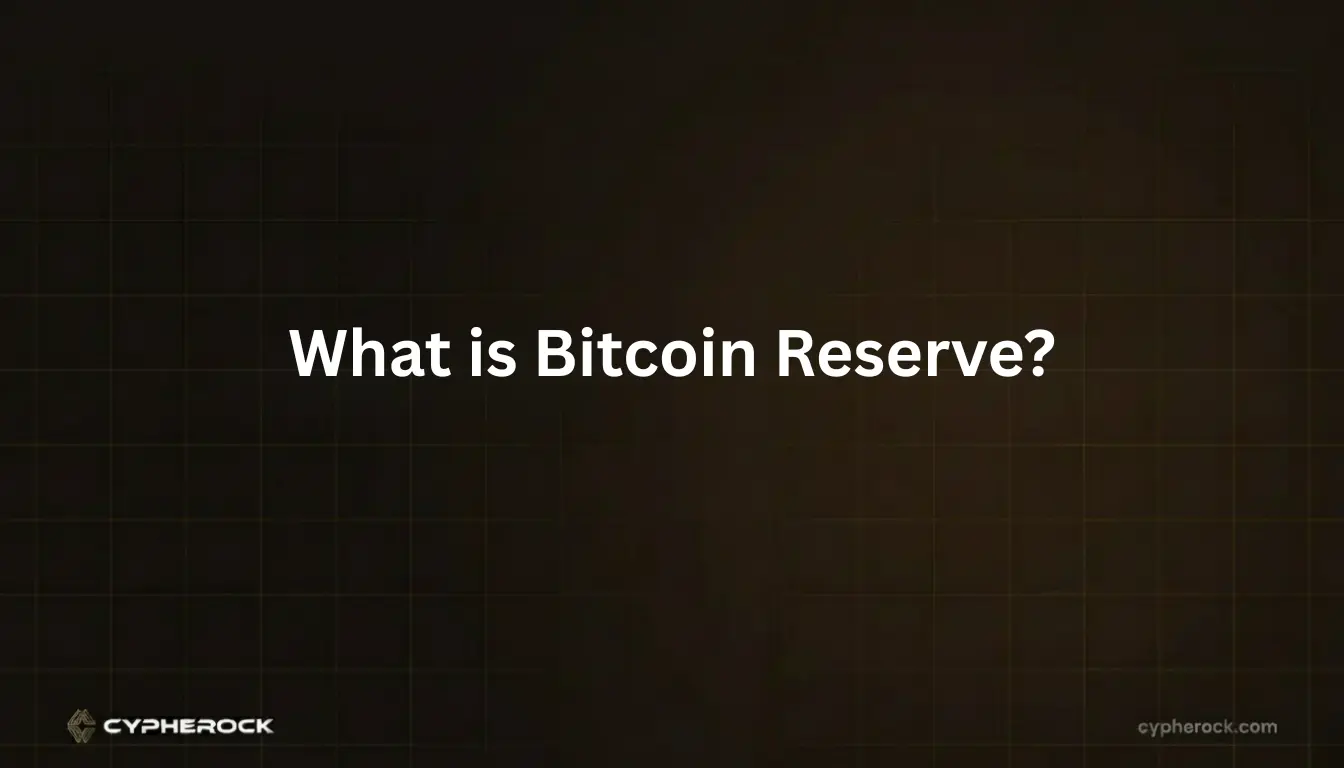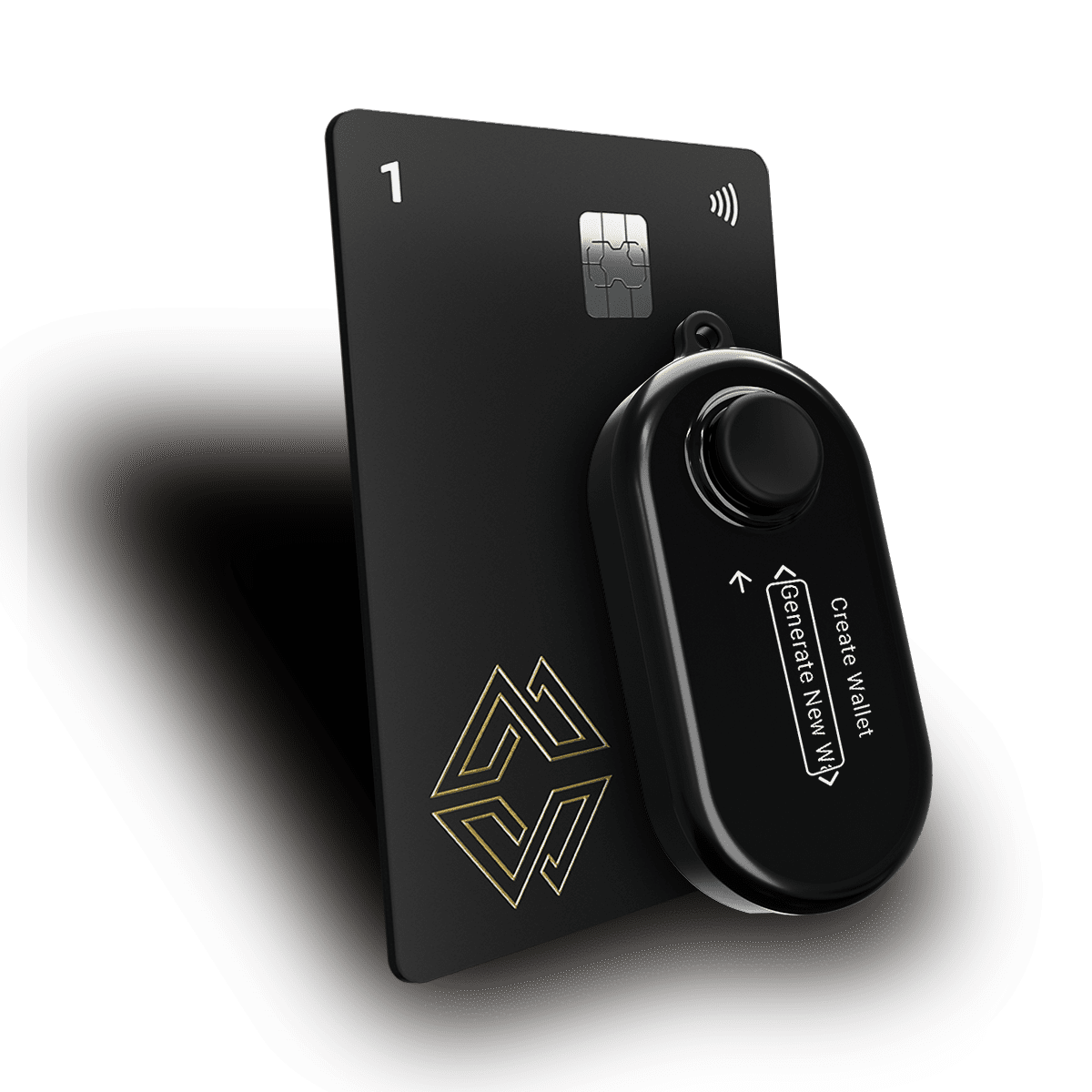

For decades, governments built their financial security around gold, foreign currencies, and sovereign bonds. But as inflation, geopolitical instability, and currency devaluation continue to reshape the global economy, a new asset has entered the conversation Bitcoin.
In 2025, more nations are exploring what is a Bitcoin Reserve, recognizing it as a modern hedge against inflation and an alternative to traditional reserves. In simple terms, a Bitcoin Reserve is a government-held fund of BTC, functioning as a digital strategic asset.
This shift mirrors history: just as countries once stockpiled gold to preserve wealth, now they’re beginning to accumulate Bitcoin to safeguard economic independence.
In this guide, you’ll get:
A Bitcoin Reserve is a strategic stockpile of Bitcoin held by a government, central bank, or financial institution to strengthen national or institutional balance sheets.
It functions similarly to traditional reserves, such as gold or foreign exchange, but represents a digital and decentralized alternative. A Strategic Bitcoin Reserve may be used to hedge inflation, diversify financial exposure, or position a nation in the evolving digital economy.
In 2025, countries like the United States, El Salvador, and Bhutan are actively discussing or implementing policies related to Bitcoin Reserves.
Unlike speculative investments, these reserves are treated as long-term strategic assets, designed to store value over decades rather than quarters.
While gold is tangible and fiat reserves are liquid, Bitcoin Reserves combine both advantages digital liquidity with programmatic scarcity.
This blend of accessibility and scarcity is why governments are beginning to see Bitcoin as the “digital gold” of the 21st century.
Governments create Bitcoin Reserves to strengthen monetary resilience and reduce reliance on centralized systems like the U.S. dollar.
Bitcoin’s limited supply capped at 21 million coins makes it inherently deflationary. As central banks expand money supply through stimulus and debt, Bitcoin remains mathematically scarce.
A Bitcoin Reserve allows nations to:
According to the IMF’s 2024 Digital Asset Report, over 18 central banks have started studying Bitcoin’s role in reserve diversification.
A Strategic Bitcoin Reserve also serves geopolitical purposes. Countries under sanctions or experiencing currency collapse (e.g., Venezuela, Turkey) see Bitcoin as a neutral global settlement asset that operates outside U.S. banking control.
Reducing dependency on the dollar or even the SWIFT system gives nations more autonomy in trade and reserves.
As CoinDesk noted in early 2025, several BRICS members have explored Bitcoin as part of their alternative reserve basket, alongside commodities and gold.
A Strategic Bitcoin Reserve follows a structured acquisition, custody, and policy model to ensure transparency and long-term security.
Governments can acquire Bitcoin in multiple ways:
For example, in early 2025, Bhutan’s Druk Holding & Investments confirmed ongoing Bitcoin mining operations as part of its national asset diversification strategy.
A Bitcoin Reserve must be stored securely, balancing accessibility and protection.
Transparent governance includes independent audits and periodic proof-of-reserve reports.
A Strategic Bitcoin Reserve typically includes rules such as:
These frameworks ensure Bitcoin Reserves serve as stabilizing assets, not speculative holdings.
In March 2025, the White House issued an executive order announcing the creation of the United States Digital Asset Stockpile, effectively a Strategic Bitcoin Reserve.
According to the official WhiteHouse.gov press release, the U.S. government will retain a portion of seized Bitcoin as part of a national strategic reserve rather than auctioning it.
This United States Digital Asset Stockpile will be managed jointly by the Department of the Treasury and the Federal Reserve, emphasizing secure, transparent custody.
The policy marks the first formal acknowledgment of Bitcoin as a reserve-grade asset in U.S. history.
Key points:
This move by the U.S. signals institutional recognition of Bitcoin’s role as a digital reserve commodity.
A Bitcoin Reserve introduces both economic advantages and governance challenges.
For any Strategic Bitcoin Reserve, governance is as critical as acquisition. Best practices include:
Security Checklist
Cold storage implementation
Multi-signature governance
Proof-of-reserve transparency
These practices mirror institutional standards used by financial custodians and are increasingly adopted by governments forming Bitcoin Reserves.
El Salvador made history in 2021 by becoming the first nation to adopt Bitcoin as legal tender. The country has since accumulated over 5,800 BTC as part of its national Bitcoin Reserve strategy, stored in cold wallets.
The U.S. government, long known for Bitcoin seizures in criminal cases, now holds tens of thousands of BTC. Under the 2025 Digital Asset Stockpile initiative, these holdings are being consolidated into an official Strategic Bitcoin Reserve.
Each of these nations views what is a Bit coin Reserve as a step toward financial sovereignty in the digital age.
Securing large Bitcoin holdings requires institutional-grade infrastructure:
Governments and corporations alike must publish proof-of-reserve reports, ensuring that Bitcoin holdings match reported balances. Independent auditing firms such as Chainalysis or Armanino often assist with verification.
For individuals and enterprises alike, cold storage solutions like Cypherock X1 offer the same professional-grade protection.
As global economies adapt to digital transformation, Bitcoin Reserves have emerged as a modern financial safeguard. Governments recognize Bitcoin’s role as programmable digital gold, capable of preserving value across borders and generations.
Understanding what is a Bitcoin Reserve means understanding the next phase of monetary evolution, one driven by transparency, decentralization, and resilience.
While volatility and regulatory challenges persist, the creation of Strategic Bitcoin Reserves marks a pivotal step toward mainstream Bitcoin adoption at a national scale.

Buy Cypherock X1, the best cold wallet in the crypto industry.
Q1: What is a Bitcoin Reserve and why do countries hold it?
A Bitcoin Reserve is a government-held stockpile of BTC used for financial diversification, inflation protection, and long-term value storage.
Q2: What is a Strategic Bitcoin Reserve?
A Strategic Bitcoin Reserve refers to an officially sanctioned government program for acquiring and holding BTC as part of national reserves.
Q3: How does the U.S. acquire Bitcoin for its reserve?
Through asset seizures, mining partnerships, and purchases managed by federal agencies such as the Treasury.
Q4: Which countries currently have Bitcoin reserves?
El Salvador, the United States, Bhutan, and several developing nations have confirmed or ongoing Bitcoin reserve programs.
Q5: What are the main risks of holding a Bitcoin Reserve?
Market volatility, custody breaches, and evolving regulation pose ongoing challenges for institutional Bitcoin holdings.
